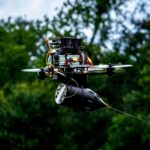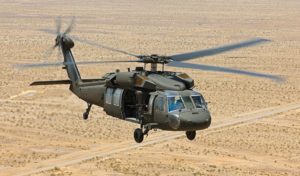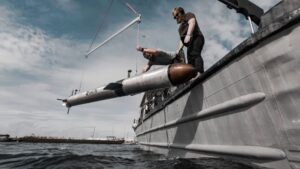
Northrop Grumman [NOC] on Thursday introduced a new command and control (C2) system designed to easily integrate with existing and future sensors and effectors, rapidly manage the fight against drone swarms, and be user friendly. AiON is the company’s solution to the Defense Innovation Unit’s (DIU) Forward Counter Unmanned Aircraft Systems (C-UAS) C2 solicitation issued last December (Defense Daily, Dec. 11, 2024). DIU and the Army are planning four events this year to demonstrate bidders’ Forward CUAS C2 offerings. Northrop…

 By
By 









